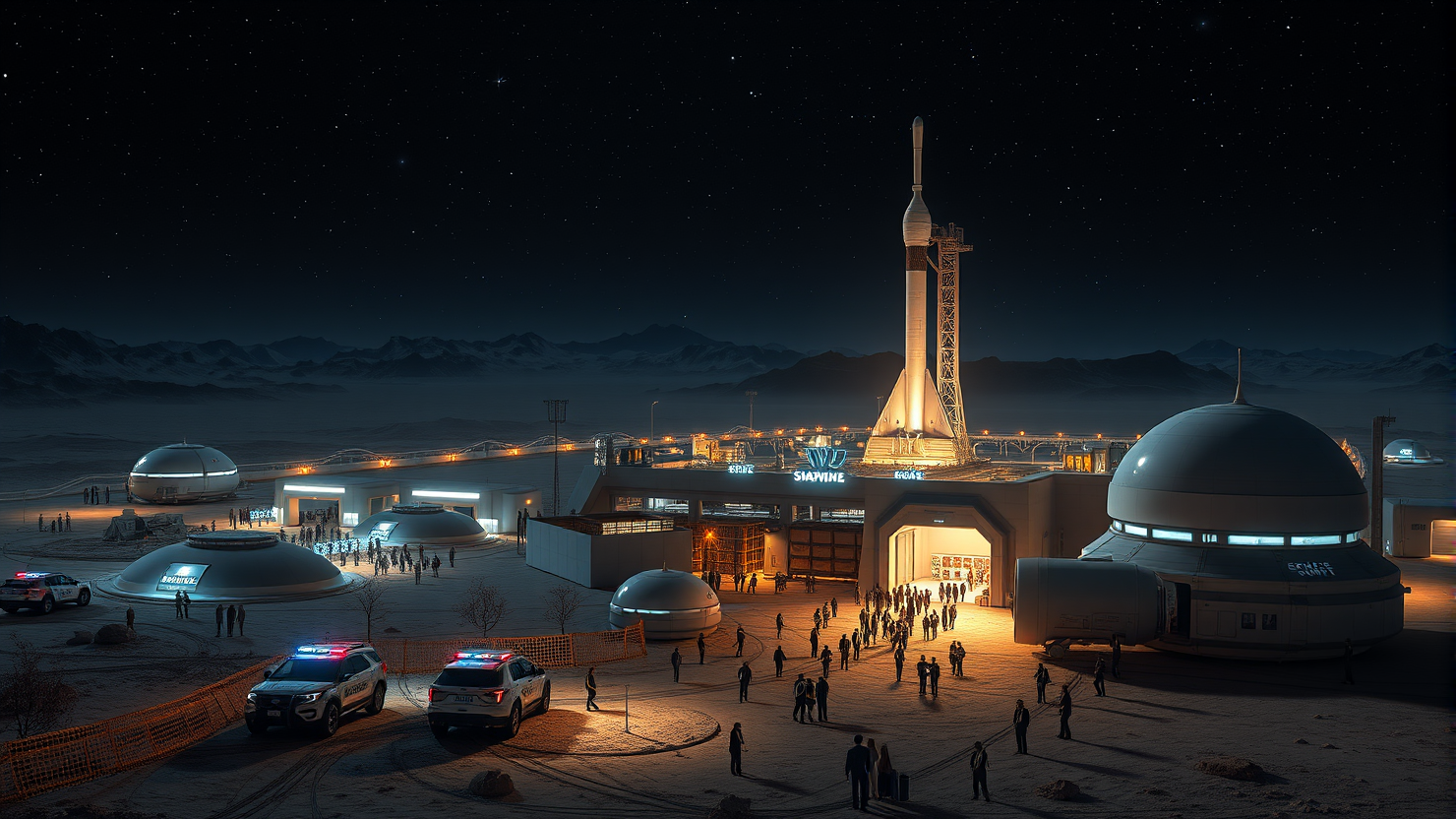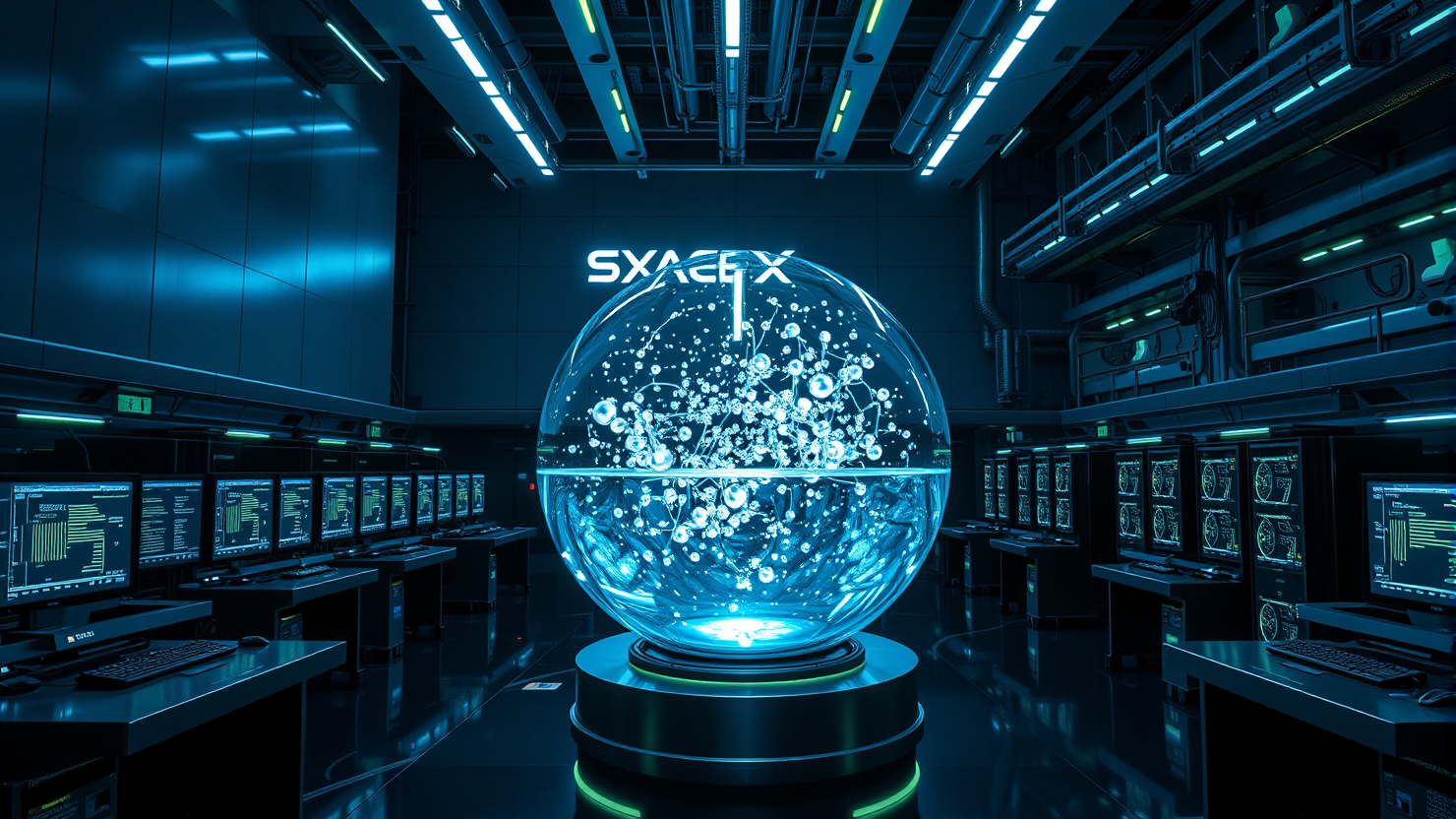Massive AI Infrastructure Deals: A Look at Microsoft, Oracle, Google, Meta, and OpenAI’s Multi-Billion Dollar Investments

The escalating demand for AI infrastructure has spurred a significant investment wave within the tech industry, with projected spending on AI infrastructure estimated to reach between $3 trillion and $4 trillion by the end of the decade. A substantial portion of these funds is expected to originate from AI companies themselves.
This rapid expansion places immense pressure on existing power grids and pushes the construction sector to its limits. In this article, we delve into the most significant AI infrastructure projects, detailing major investments from Meta, Oracle, Microsoft, Google, and OpenAI, among others. We will update this piece as the boom continues and the figures escalate even further.
In 2019, Microsoft made a strategic $1 billion investment in OpenAI, gaining exclusive rights to be their cloud provider. As AI model training demands grew more intense, Microsoft’s contribution evolved from cash into Azure cloud credits. This partnership was mutually beneficial, bolstering Microsoft’s cloud sales while providing OpenAI with increased financial resources for its primary expense. Over the subsequent years, Microsoft boosted its investment to nearly $14 billion, a move that is expected to yield substantial returns upon OpenAI’s transition into a for-profit entity.
However, in January 2023, OpenAI announced it would no longer exclusively utilize Microsoft’s cloud services. Instead, the company granted Microsoft a first refusal right on future infrastructure demands but also sought other providers if Azure couldn’t meet their needs. Recently, Microsoft has also begun exploring alternative foundation models to power its AI products, further solidifying its independence from OpenAI.
OpenAI’s success with Microsoft led to a common trend in the AI services sector, where companies increasingly partner with specific cloud providers. Anthropic, for instance, received an $8 billion investment from Amazon, while modifying Amazon’s hardware at a kernel level to optimize it for AI training. Google Cloud has also formed partnerships with smaller AI firms like Lovable and Windsurf as primary computing partners, although these deals did not involve any direct funding. OpenAI itself recently secured a $100 billion investment from Nvidia in September 2022, enabling them to acquire more of the company’s GPUs.
In June 2025, Oracle disclosed a $30 billion cloud services deal with an unnamed partner in an SEC filing. This figure surpassed the company’s total cloud revenues for the entire previous fiscal year. OpenAI was later revealed as the partner, positioning Oracle alongside Google as one of OpenAI’s post-Microsoft hosting partners. Unsurprisingly, Oracle’s stock skyrocketed following this announcement.
A few months later, Oracle unveiled a five-year, $300 billion deal for compute power, slated to commence in 2027. Once again, Oracle’s stocks climbed even higher, temporarily making its founder Larry Ellison the world’s richest man. The sheer scale of this agreement is astounding: OpenAI does not have $300 billion to spend, implying substantial growth for both companies and a considerable degree of faith.
However, before any money changes hands, the deal already cements Oracle as one of the leading AI infrastructure providers and a formidable financial force.
For companies like Meta that already possess significant legacy infrastructure, the situation is more complex – although equally costly. Mark Zuckerberg has stated that Meta plans to spend $600 billion on U.S. infrastructure by 2028.
During the first half of 2025 alone, the company spent $30 billion more than the previous year, primarily due to its expanding AI ambitions. Some of this spending goes towards major cloud contracts, such as a recent $10 billion deal with Google Cloud. However, an even larger portion is being channeled into two massive new data centers: Hyperion in Louisiana and Prometheus in Ohio.
The construction of these data centers comes with environmental consequences. Elon Musk’s xAI has built its own hybrid data center and power-generation plant in South Memphis, Tennessee. This facility has rapidly become one of the county’s largest emitters of smog-producing chemicals, mainly due to a string of natural gas turbines that experts suggest violate the Clean Air Act.
In January 2017, President Trump announced a joint venture between SoftBank, OpenAI, and Oracle, aiming to invest $500 billion in building AI infrastructure within the United States. Dubbed “Stargate,” this project was met with substantial hype, with Trump referring to it as “the largest AI infrastructure project in history.” Sam Altman seemed to concur, stating, “I think this will be the most important project of this era.”
In essence, the plan involved SoftBank providing the funding, Oracle handling the construction with input from OpenAI, and Trump overseeing regulatory hurdles. However, doubts arose from the beginning, including from Elon Musk and Altman’s business rival, who claimed the project lacked the necessary funds.
As the hype has waned, the project has faced some setbacks. In August 2022, reports emerged that the partners were struggling to reach a consensus. Nevertheless, construction on eight data centers in Abilene, Texas, is ongoing, with completion of the final building scheduled for the end of 2026.





